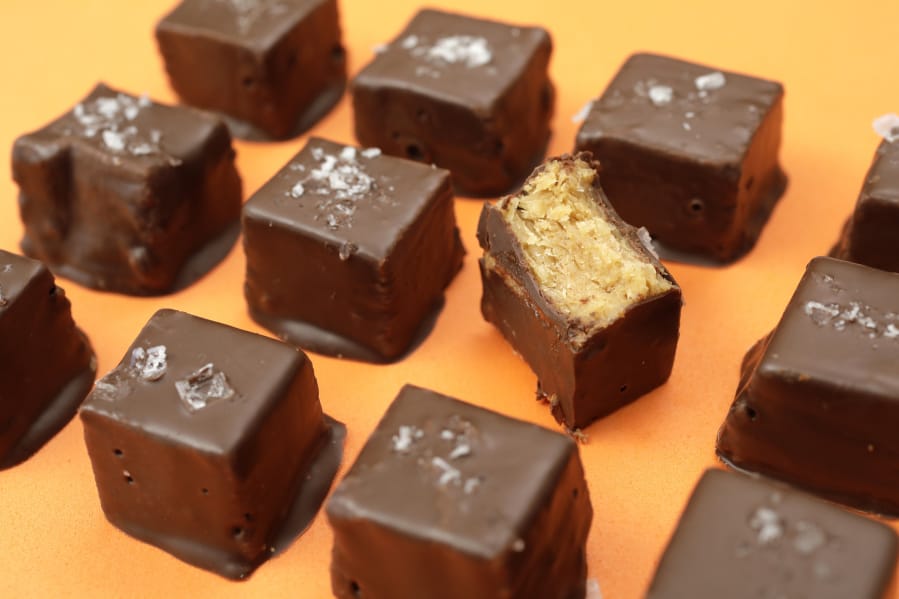On the list of socially distant culinary projects you’ve planned to undertake these last months, making candy may be the final entry … or perhaps it’s not even on the list. But if you’ve had the patience to tackle sourdough — reading books about ferments and starters and learning all about the proper equipment and techniques to make great bread — well, you have no excuse not to apply that same dedication to making candy.
With trick-or-treating being widely discouraged and the threat of no longer being able to pilfer free goodies from your sleeping kid’s stash looming large, there may be no better time to test your candy ambition. Sure, you could just buy candy, but why not try making your own, finding satisfaction in a cooking project that you never would’ve tackled in the “before times”?
To ease you into the candy universe, here are homemade versions of two candy bars that, in my biased opinion, are the best: PayDay and Butterfinger (What can I say? I love peanuts). The PayDay bar is the easiest — you simply cook a caramelized milk syrup and then pour it over chopped salted peanuts and let it cool until it’s chewy and soft.
For the more adventurous, there are my homemade Butterfinger Bites. First, you cook syrup and then add baking soda to make it foam up (if you’ve ever heard of honeycomb, this is it). Finally, you mix it with peanut butter, and the result is that flaky, peanut-toffee-like texture Butterfingers are famous for. I cut the candy into small cubes and cover in chocolate (an admittedly tedious task but don’t worry, I have help for you) before finishing it off with a pinch of flaky salt.



